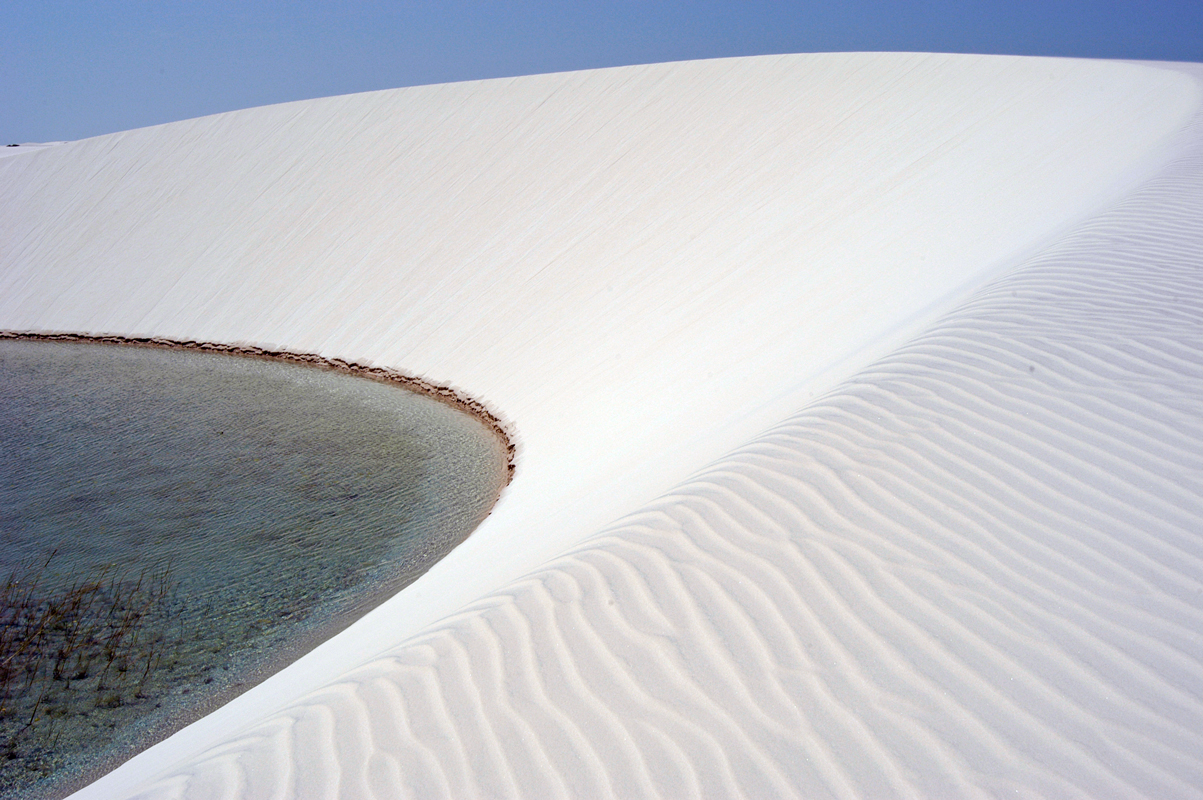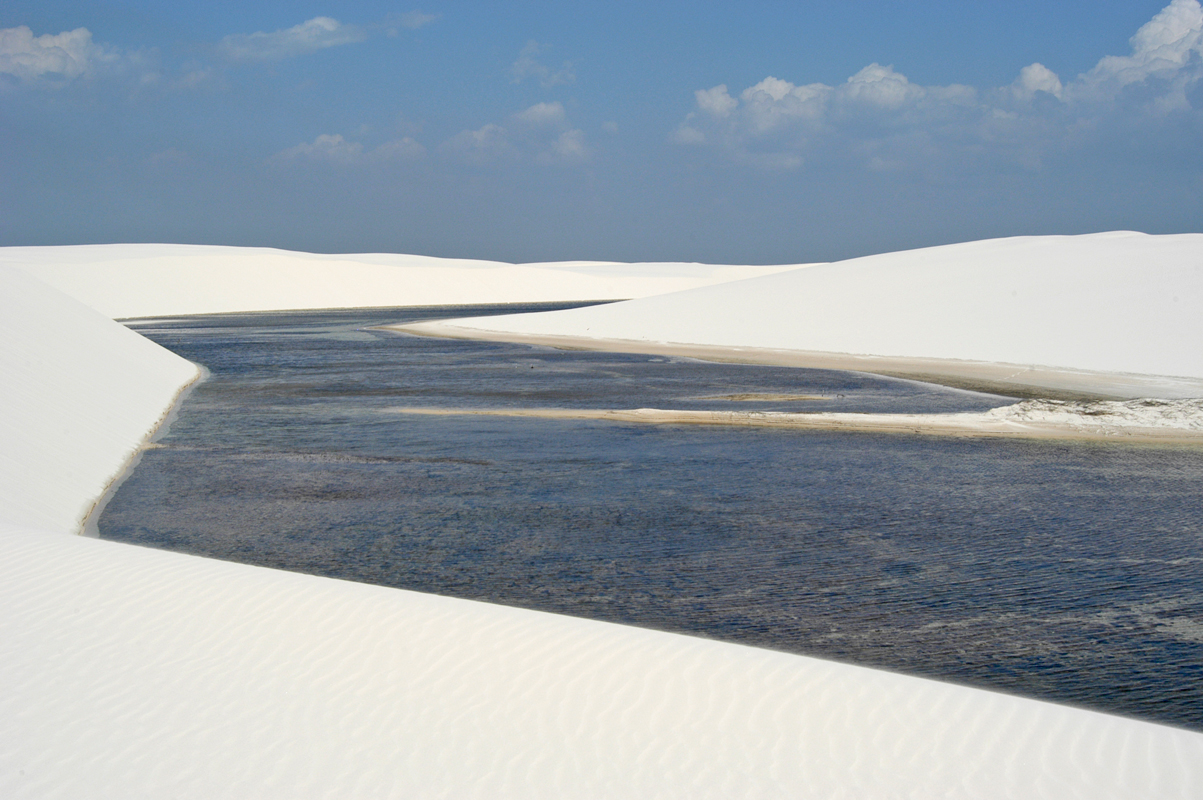 Brazil is full of surprises, beyond the memes of beach, jungle, and soccer.
Brazil is full of surprises, beyond the memes of beach, jungle, and soccer.
One of the country’s greater natural wonders (among many) is the Sheets of Maranhão, in the far northern state of the same name.
The national park encompasses one of the world’s rarest and most perplexing ecosystems. The name “stems from the billowy appearance of over 1,500 square kilometers of endless white dunes that end in the sea. Known as the Brazilian Sahara, it is a huge ‘desert’ that is teeming with life, for it is full of fresh water.”
Product of a unique combination of forces, from sedimentary river flows, waves, and winds, the dunes are raised with fine quartz sand that, after being washed to sea by various rivers, is churned up by the waves and blown back inland by constant on-shore winds. [p. 188, To Bélem & Back]
While the park was without any sort of infrastructure at the time and not officially open to tourists, the local guides and tour companies have come to an understanding with Ibama (the then equivalent to the National Park Service) on where and what can be done. [please hover over images for captions]
The hand made welcome sign to the park was appropriate:Welcome to the Paradise of Lençóis!
To Preserve is to Live!
In this Sanctuary of Life we feel God’s Embrace!
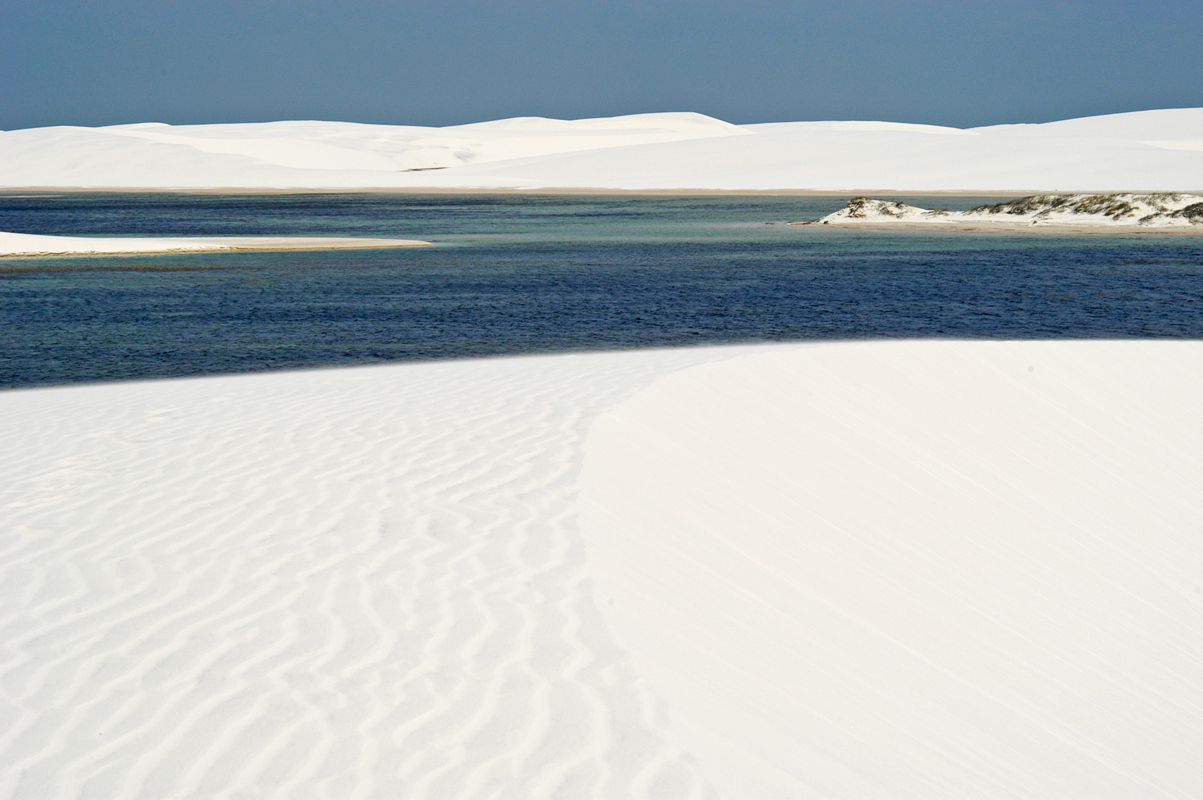
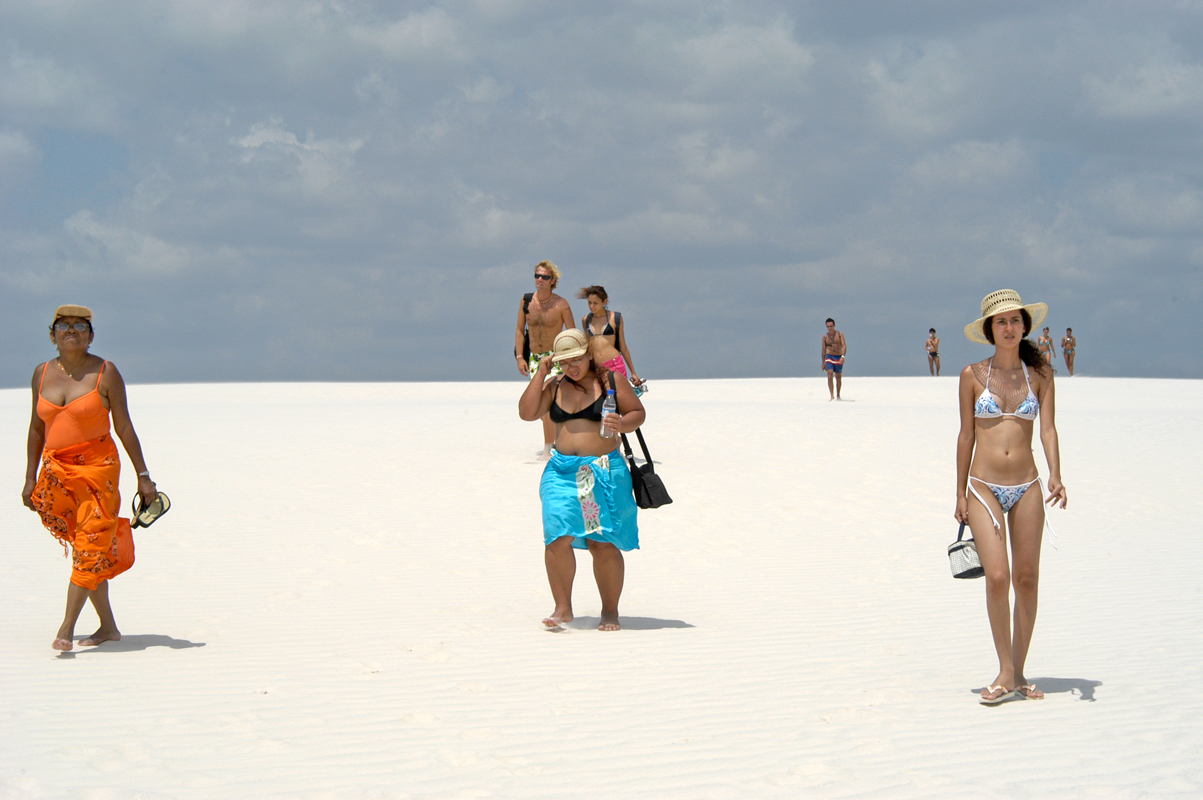

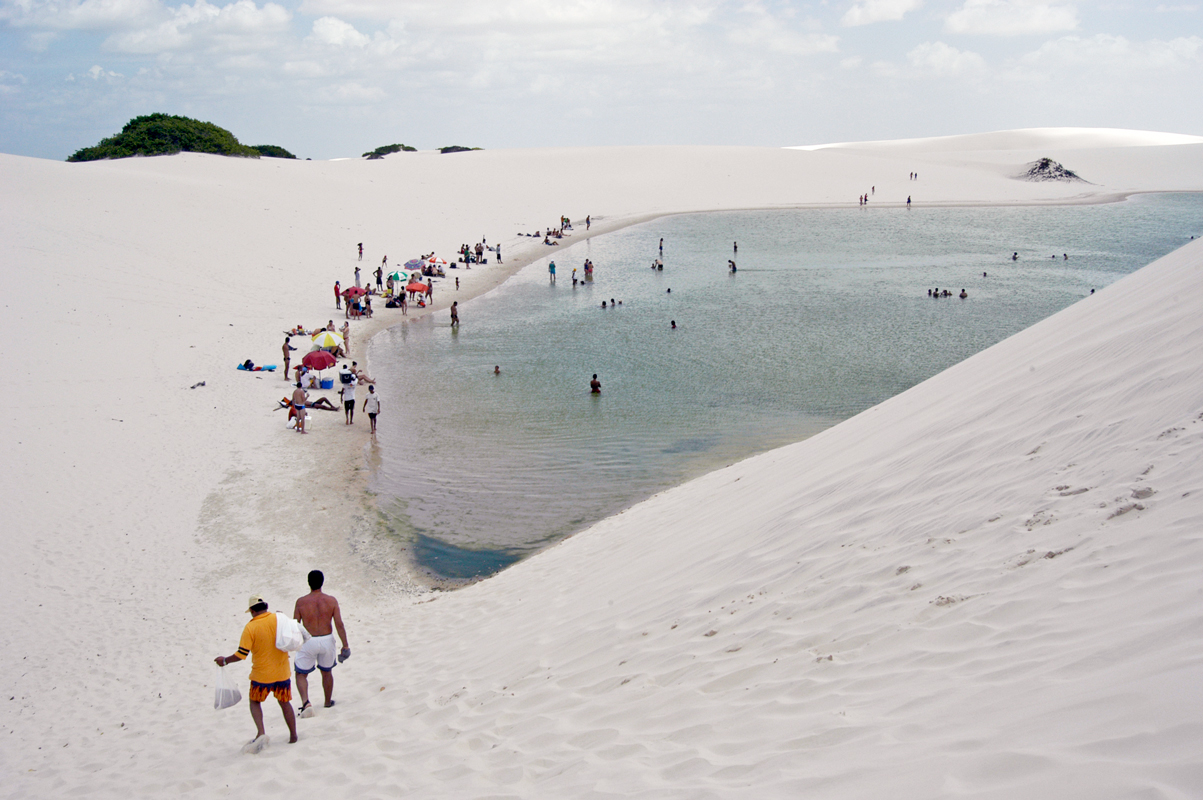
![“It is the least arid desert in the world, riddled with hidden life.” [p.189, To Bélem & Back] “It is the least arid desert in the world, riddled with hidden life.” [p.189, To Bélem & Back]](https://backroadsbrazil.com/wp-content/gallery/the-brazilian-sahara/Maranhao704-178w.jpg)


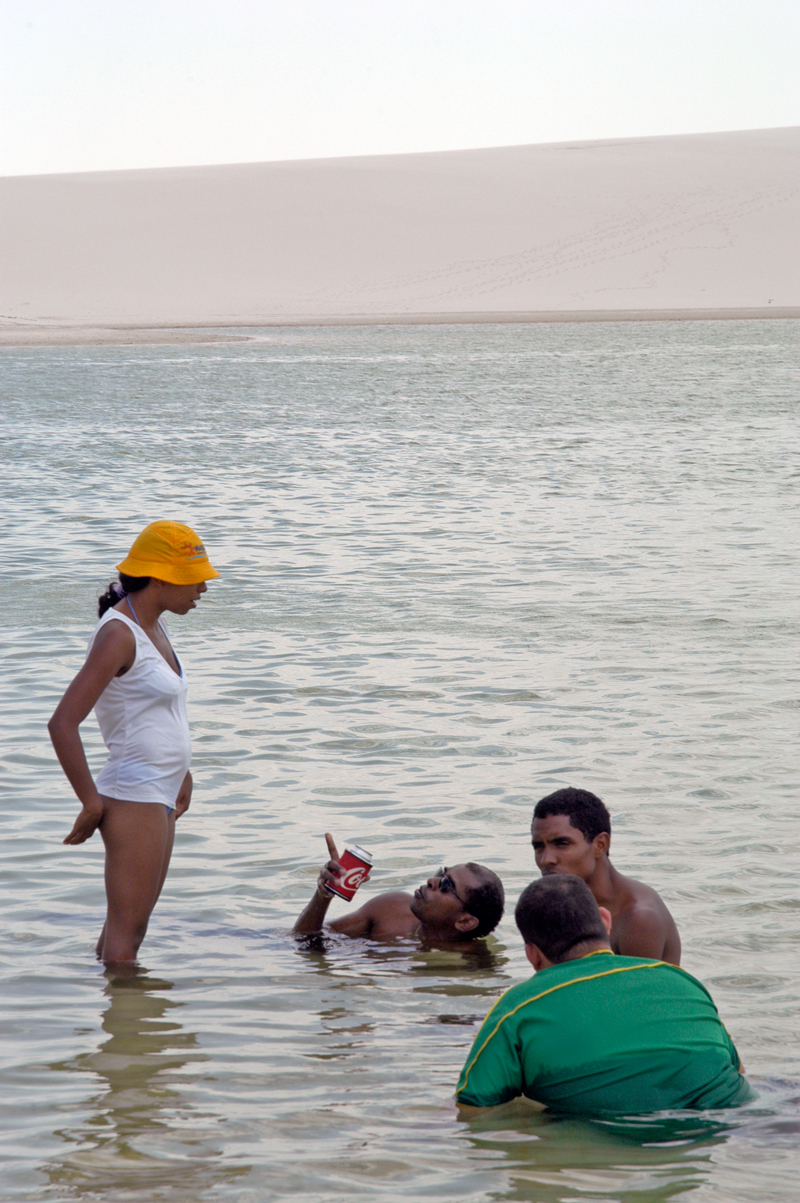
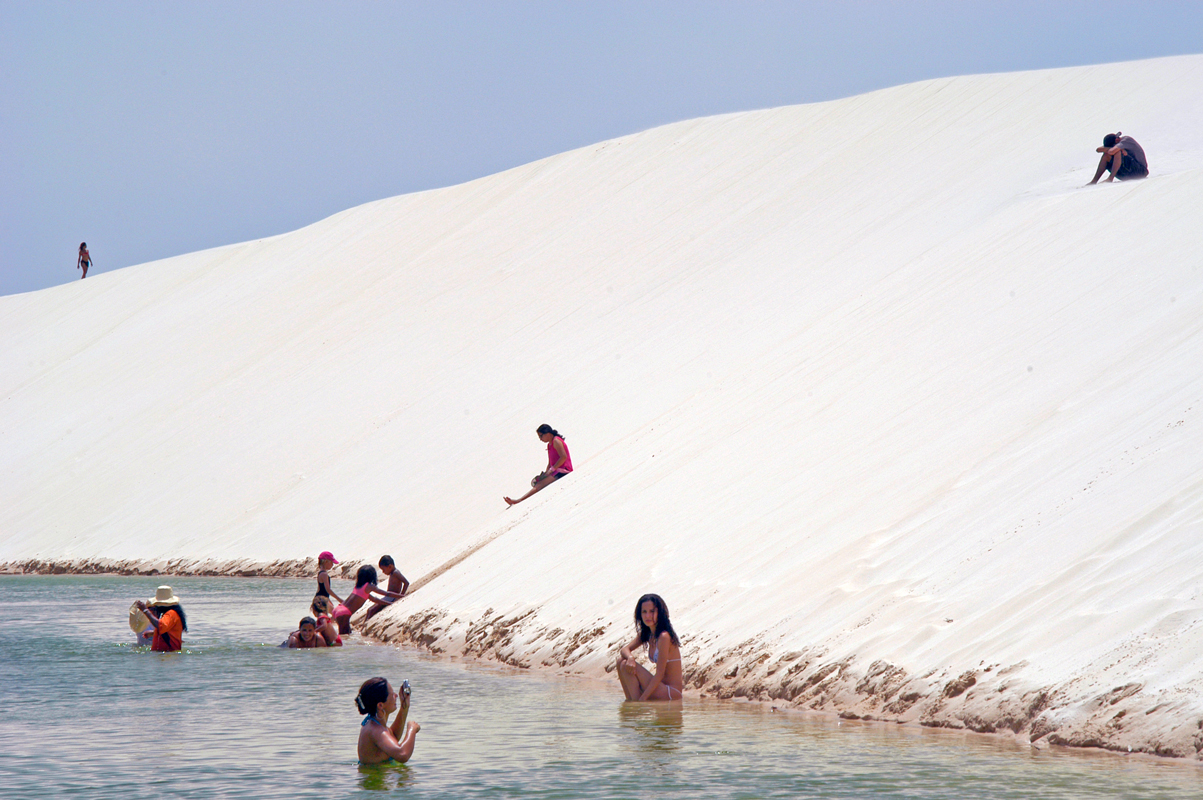
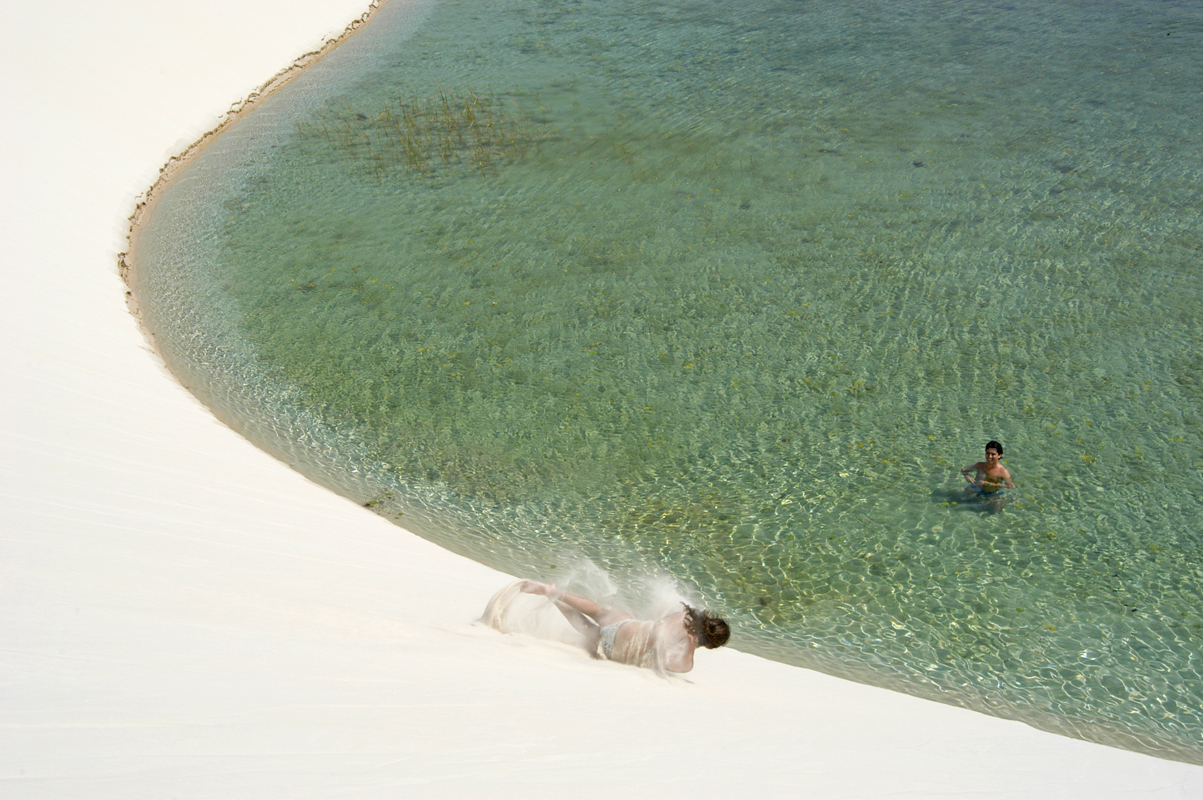
![Not all visitors are welcomed by local fauna. “The evaporating lakes were full of minnows which, when stranded, turn into easy prey for kingfishers and seagulls.” [p.191] Not all visitors are welcomed by local fauna. “The evaporating lakes were full of minnows which, when stranded, turn into easy prey for kingfishers and seagulls.” [p.191]](https://backroadsbrazil.com/wp-content/gallery/the-brazilian-sahara/Maranhao704-169w.jpg)

